A vascular access is a surgically created vein used to remove and return blood during hemodialysis. The vascular access is a hemodialysis patient’s lifeline, because it makes life-saving hemodialysis treatments possible. The access is a surgically created vein used to remove and return blood during hemodialysis. Hemodialysis is a treatment for kidney failure that uses a machine to send the patient’s blood through a filter, called a dialyzer, outside the body. A vascular access lets large amounts of blood flow continuously during hemodialysis treatments to filter as much blood as possible per treatment. About a pint of blood flows through the machine every minute.
Two types of vascular access designed for long-term use include the 1. Arteriovenous (AV) fistula and 2. The AV graft. A third type of vascular access, 3. The central venous catheter—is for short-term use.
An arteriovenous (AV) fistula is a connection, made by a vascular surgeon, of an artery to a vein. Health care providers recommend an AV fistula over the other types of access because it. A well-functioning vascular access (VA) is a mainstay to perform an efficient hemodialysis (HD) procedure.
AV graft also functions similarly to an AV fistula. If there are blocked or damaged veins, or veins that are too small for a fistula AV graft is the best method. AV graft placement is also a surgical procedure, but instead of connecting the artery directly to the vein, one end of a small hollow, synthetic tube will be connected to your vein, and the other end will be connected to your artery.
Central venous catheter (CVC) is a flexible, long, plastic, y-shaped tube that is threaded through your skin into a central vein in your neck, chest or groin. A CVC is not usually suggested to be a permanent type of access. If you need immediate or emergency dialysis or cannot receive and don’t have an AV fistula or graft, you will require a CVC.
What is a CAPD catheter?
A PD catheter (sometimes called a Tenckhoff catheter) is a special tube that is inserted into your abdominal cavity (space around the organs within your tummy). The PD catheter is soft to touch and should feel quite comfortable against your body.
The success rate of peritoneal dialysis as renal-replacement therapy depends on the well-functioning peritoneal catheter. Knowledge of best practices in catheter insertion can minimize the risk of catheter complications during the process. The catheter placement procedure begins with preoperative assessment of the patient to determine the most appropriate catheter type, insertion site, and exit site location. Preoperative preparation of the patient is an instrumental step in facilitating the performance of the procedure, avoiding untoward events, and promoting the desired outcome. Finally, appropriate postoperative care and catheter break-in enables a smooth transition to dialysis therapy.

